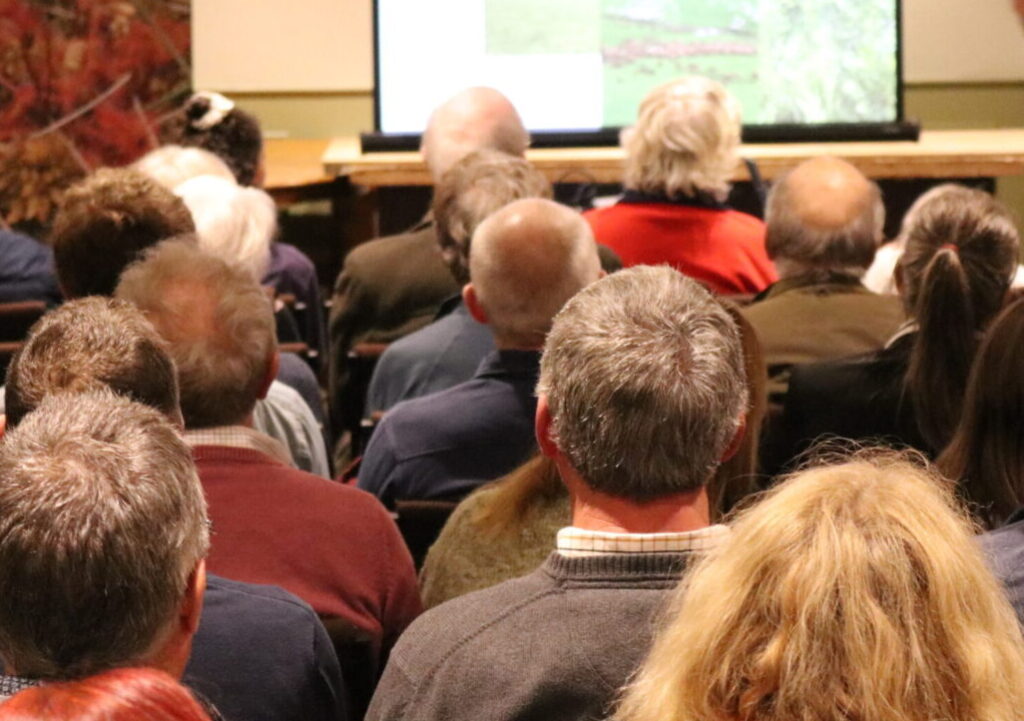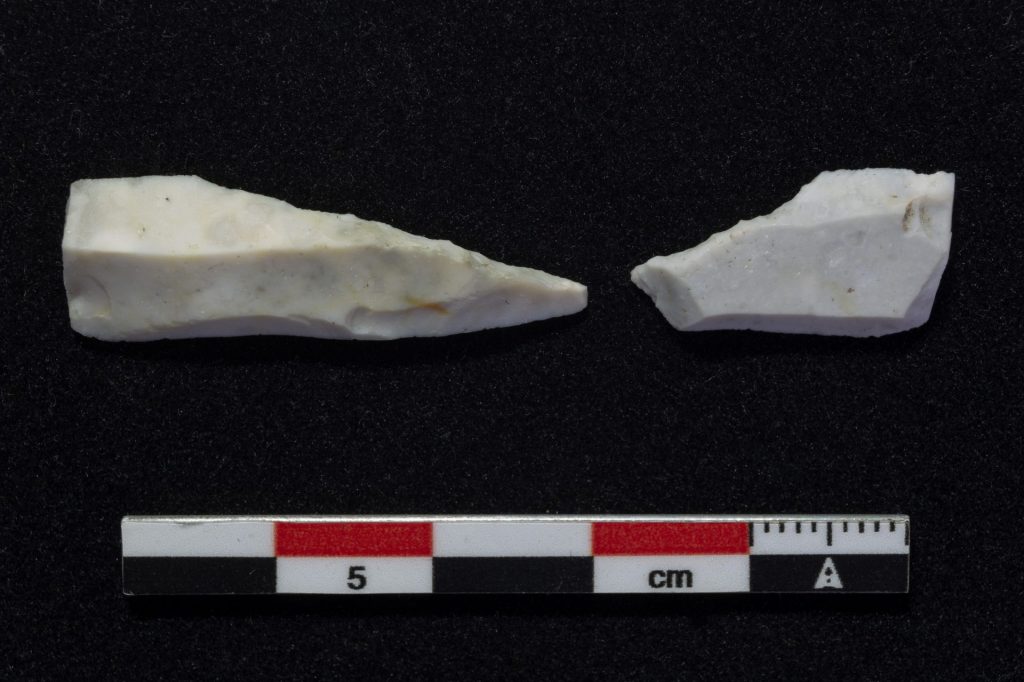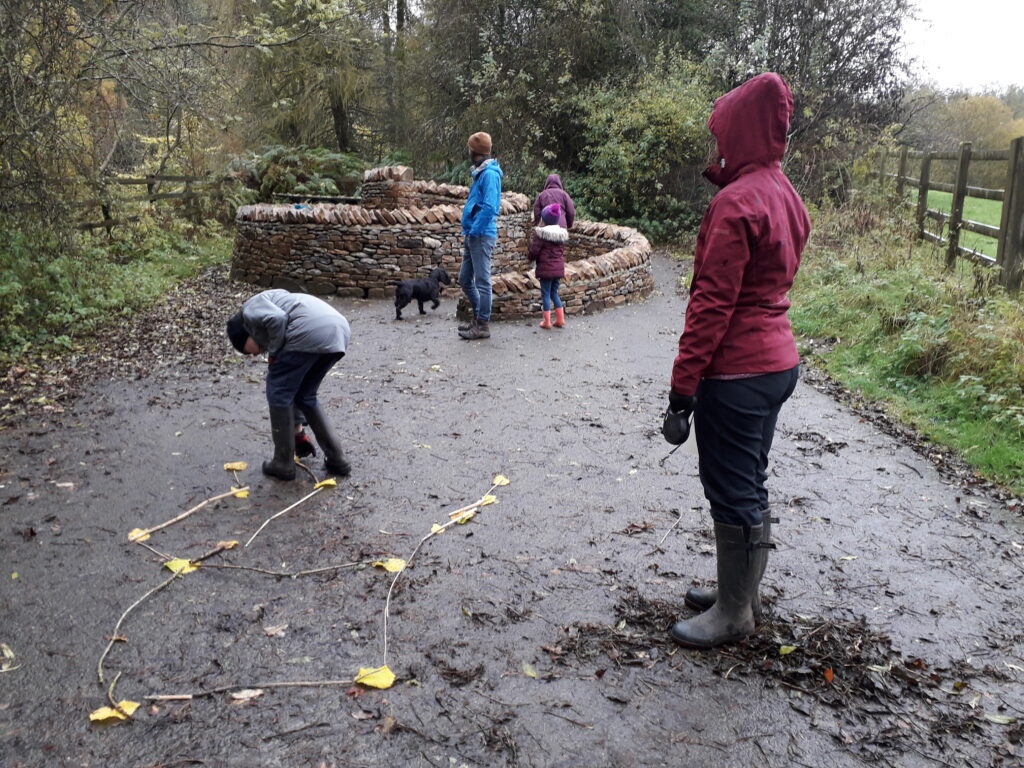News
Fellfoot voices: A year with Fellfoot Forward
A year with Fellfoot Forward
Fellfoot voices blog by Jack Ravenscroft, trainee with the North Pennines AONB Partnership
After nearly a year of being a trainee, I’m delighted to announce that I have moved into a new role as Farm Advisor for Natural England in Cumbria. It is without a doubt that my experiences as a trainee on the Fellfoot Forward Landscape Partnership Scheme have been instrumental in shaping my career, giving me a broad base of experiences – from botanical surveys to project management and events delivery. I’d like to take this opportunity to look back on some highlights from the past year and reflect on how my experiences as a trainee have shaped me.
Farming
Directly prior to the beginning of my traineeship, I was working on an upland sheep farm in the Lake District. Having previously lived in Birmingham, this experience opened my eyes to the world of farming and made me wonder how people in the conservation sector can help farmers to manage the land in a sustainable and nature friendly way. My traineeship has offered me plenty of opportunities to carry this interest forward and develop my knowledge through farm visits, attending training sessions, and through developing my own projects.
Within the Fellfoot Forward LPS area, there are a healthy number of farms being proactively managed in sustainable ways which promote biodiversity. These include Cannerheugh Farm, High Hall Farm, and Hallbankgate Farm to name a few. I’ve had the chance to visit these farms on numerous occasions and speak to the farmers about the practices they’ve adopted, including rotational grazing, sewing diverse leys, and integrating trees and hedges. I’m particularly inspired by practices which involve the dual benefits of enhanced natural capital and improved business efficiency. These ‘win win’ scenarios are key to the success of nature friendly farming and I’m glad to have been given the opportunity to learn from such trailblazers.

In-field tree planting on ungrazed land at Scale Houses (c) North Pennines AONB Partnership
Two of the key mechanisms we can use to support farmers within the Fellfoot Forward scheme area are the Environment Grant and Farming in Protected Landscapes funds. These have enabled us to provide funding for capital works on a diverse range of projects from tree planting to pond and scrape creation. The experience I have gained in contributing to applications for both of these funds has been vital in enabling me to secure my new role, as it has helped me build an understanding of both how these environmental projects can be integrated into farming systems and the broader context of agri-environment schemes. I have especially enjoyed the collaborative nature of these projects. A highlight was a design I produced for a field in Scale Houses, which involved planting a diverse mixture of in-field trees surrounded by thorny scrub to nurture their growth, alongside gapping up an overgrown boundary hedge with species which included Alder buckthorn to support the northerly spread of Brimstone butterflies. The application ensured that these ecological outcomes were balanced against his own desires for the land, including shelter for his existing walnut trees and leaving open areas for amenity value.
Wildlife recording
A definite highlight of the past year has been the opportunity to come into contact with some expert naturalists who have been able to share their knowledge with me on field excursions. Some of my favourite days over the past year have been spent recording wildlife within the Fellfoot Forward scheme area as well as further afield within the North Pennines AONB and UNESCO Geopark.
A particular interest of mine is botany so the days I spent surveying hay meadows, alongside project officer, Ruth Star Keddle, have been amongst the most rewarding. The unique species assemblage of the Teesdale flora, including species at their most northerly and southerly distributions, provides a beautiful array of plants to study and the combined approach of walk over surveys and quadrat surveys has enabled me to get to grips with all of the identification characteristics of each of these plants.

Quadrat surveying at a haymeadow in Langdon Beck (c) North Pennines AONB Partnership
Within the Fellfoot Forward scheme area, no one has made more of a contribution to my knowledge of natural history than local naturalist and Fellfoot Forward volunteer Guy Broome. His enthusiasm to share his knowledge of insects and mammals has led to many a pleasurable outing with moth traps of camera traps in tow. A particular highlight from working alongside him was a moth morning where we invited visitors to Cumrew churchyard to explore the contents of two moth traps set up the previous night in the churchyard and on the fellside. It was wonderful to be able to study creatures up close which would be very difficult to spot out in the field at night and to share this experience with interested members of the public.

A swallowtail moth (Ourapteryx sambucaria) and a small fan foot moth (Zanclognatha tarsipennalis) collected in Cumrew churchyard (c) North Pennines AONB Partnership
Community engagement
Central to the work that I have been doing over the past year has been the people involved, and the community engagement aspects of the traineeship have proved to be some of the most rewarding and confidence building. The tangible results of seeing smiles on people’s faces and receiving positive feedback are rewarding in and of themselves and lessons learnt from these events will set me in good stead for the rest of my career.
The first activity which I took a central role in organising and leading was the Nature’s Calendar at Talkin Tarn activity on the 3rd October. This involved taking family groups on a guided walk around the woodlands of Talkin Tarn and identifying tree along the way, with a view to recording the timings of seasonal changes on the Woodland Trust’s nature’s calendar database. The process of putting on the event, from organising venue hire to producing risk assessments and delivery plans, was eye opening and the number of factors pull together made it a rewarding experience to see the event go ahead smoothly and as planned. The positive feedback I received after the event was proof to me of my own capabilities and gave me confidence in running subsequent events.
Perhaps my biggest achievement throughout all of my traineeship has been the successful delivery of 6 tree and hedge planting sessions delivered across farms between December and March. These events were a perfect way for members of the public to interact with farmers and deliver something positive for climate and biodiversity. We had a total attendance of sixty across all of the sessions- and the repeat attendance of many of the participants signalled to me that the events went well. I’m grateful for the opportunity I’ve been given to take a central role in creating these events, as the confidence I’ve gained from running them is immeasurable.

The hedge planting team at Croglin High Hall (c) North Pennines AONB Partnership
As my traineeship ended, it was with a tinge of sadness that I said goodbye to my colleagues in the North Pennines AONB Partnership, and within the Fellfoot Forward team. It has been a pleasure to work in a such a supportive environment and I will miss working alongside them. I’m glad that I’m not moving too far away though: my new workplace will be in Penrith and therefore all of the great contacts I’ve built up over the past year will be within reach. Thanks everyone, and here’s to the next chapter.











